
Niger Unveils Upgraded Version Of Locally Made IFVs As Part Of Sahelian Push For Defence Autonomy
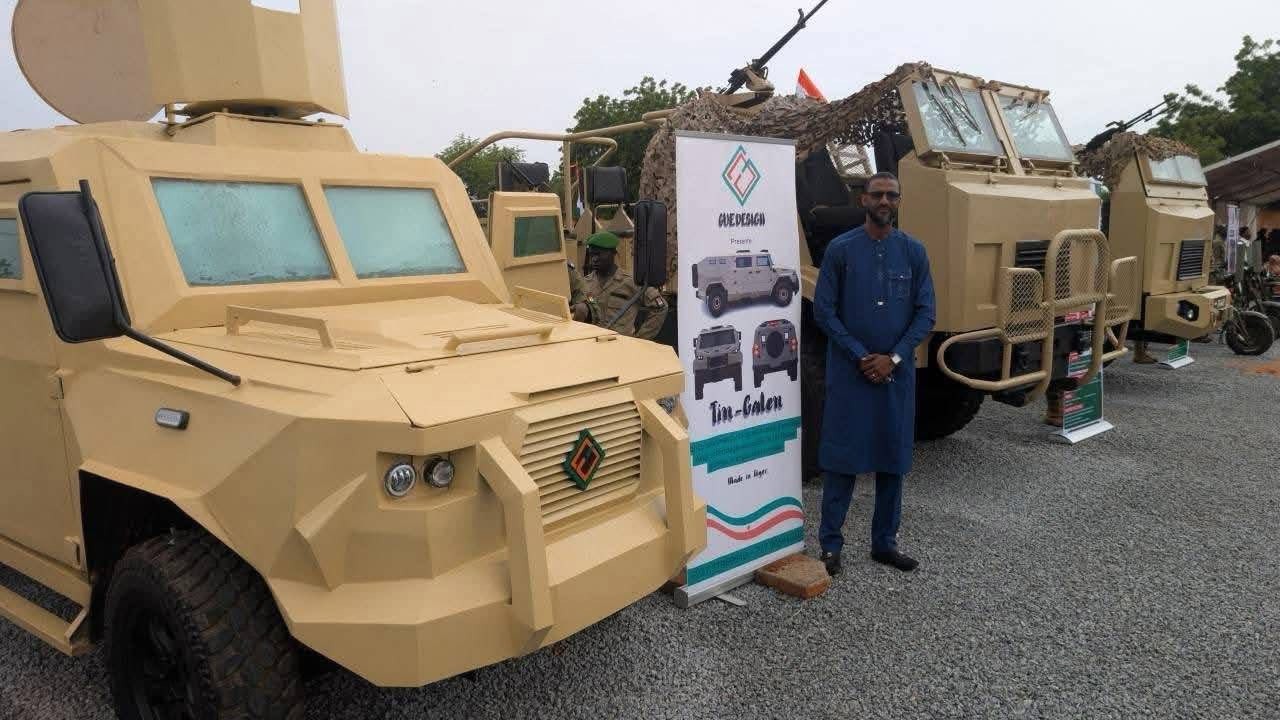
Niger Republic has officially unveiled the upgraded version of its domestically produced military vehicles, marking a major milestone in the country’s strategy to develop an independent defense industry.
The announcement came during a high-profile presentation by Guedesign Automotive, a Nigerien company spearheading local military vehicle production. The event showcased two key platforms specifically engineered for the Sahel region’s demanding operational environment.
The upgraded “Tamgak Wangari” tactical buggy (Version 2.0), a lightweight, agile infantry vehicle is designed for reconnaissance, rapid response, and harassment operations. This new version builds upon lessons learned from earlier deployments and incorporates enhanced performance and durability features.
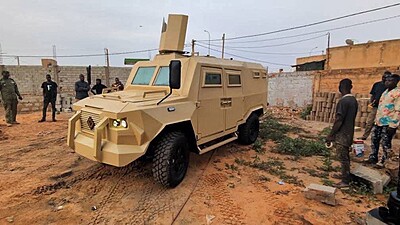
The centrepiece of the new lineup is an armored troop transport vehicle, designed to offer ballistic and anti-mine protection. The vehicle is optimised for enhanced mobility and survivability, allowing combat units to operate more safely and effectively in hostile terrain.
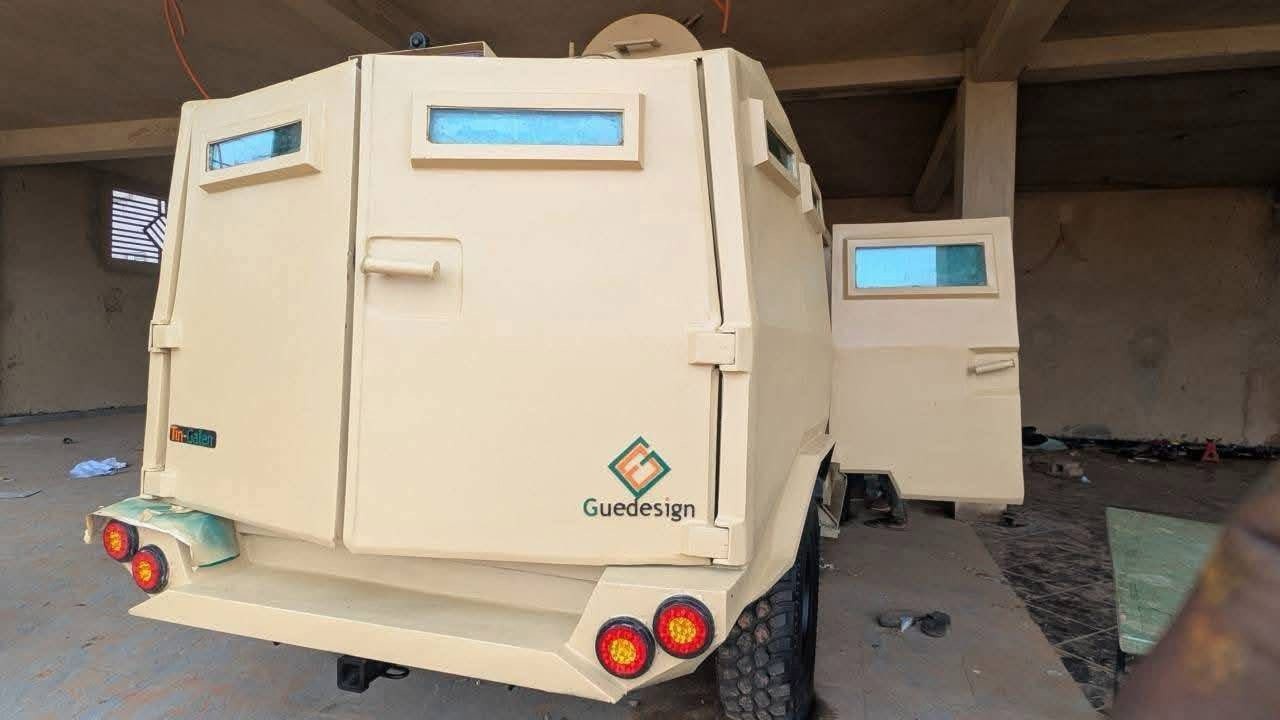
Officials say the development is a direct response to the security challenges facing Niger and the wider Sahel region. With growing concerns over regional instability and asymmetric threats, the government has prioritised the establishment of a homegrown defence manufacturing capability.
By reducing dependence on foreign suppliers, Niger hopes to enhance its strategic autonomy and ensure faster, more tailored responses to the needs of its armed forces. The Confederation of Sahel States (CSS) comprising Mali, Burkina Faso, and Niger is increasingly focusing on domestically built military vehicles as part of a broader strategy to enhance self-reliance and reduce dependence on foreign arms supplies.
It will be recalled that in May, Burkinabe engineers unveiled light-armoured vehicles converted from pickup trucks, designed and manufactured within Burkina Faso. The presentation occurred during the second edition of the Synergy of Safety, Security and Defence (SYSDEF) exhibition, held from May 8 to 10 in Ouagadougou.
Read Also: IMF in Africa: Fueling Poverty, Protests, and Public Sector Cuts Across the Continent
About The Author
Related Articles
U.S.-Brokered Congo–Rwanda Deal Sparks Accusations of Resource Grab and Neo-Colonial Control
The recent diplomatic agreement brokered by the United States between the Democratic...
ByWest Africa WeeklyDecember 5, 2025Tinubu Expands Ambassadorial List to 65 Nominees Amid Growing Debate
President Bola Tinubu has sent a new, expanded ambassadorial list to the...
ByWest Africa WeeklyDecember 5, 2025Yuletide Airfare Surge: Domestic Flights in Nigeria Break N300,000 Amid Security and Economic Pressures
As Nigerians prepare for the holiday season, airfares on key domestic routes...
ByWest Africa WeeklyDecember 4, 2025U.S. Pushes PR Propaganda Through Skit Makers in Nigeria While Lining Up Military Invasion
The United States is warning of possible military action in Nigeria, while...
ByWest Africa WeeklyDecember 4, 2025
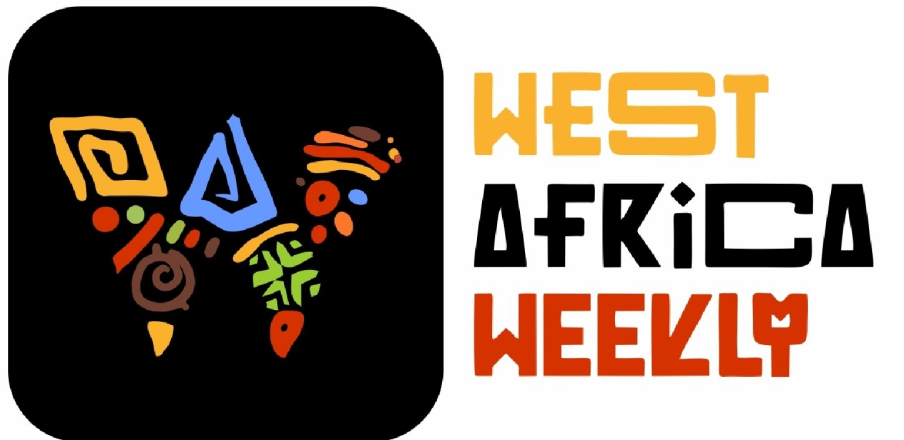



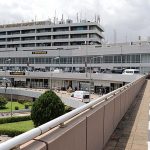
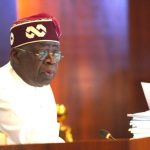
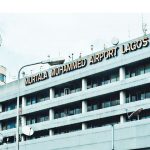
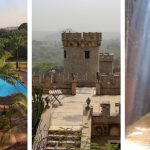
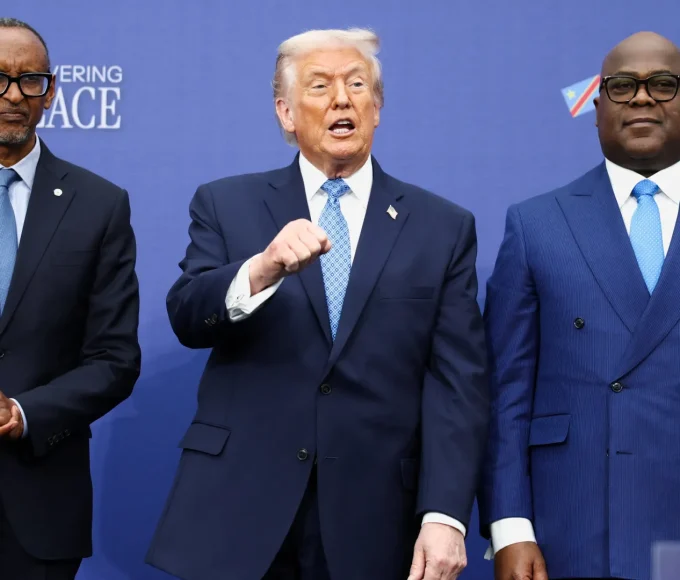
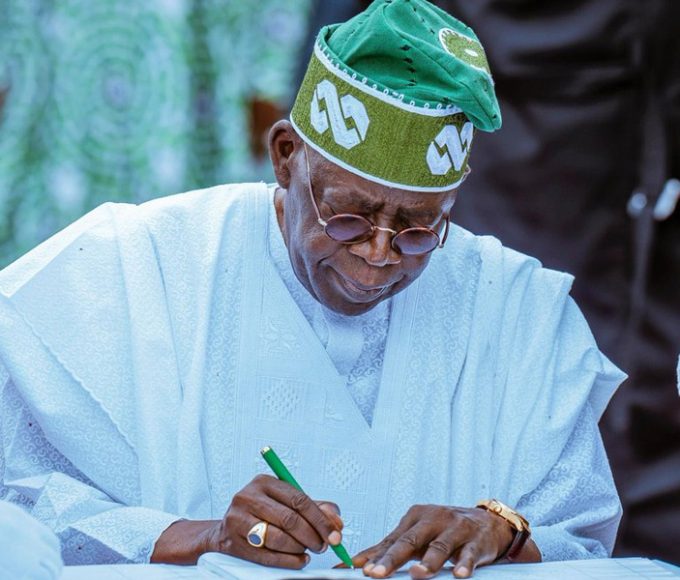
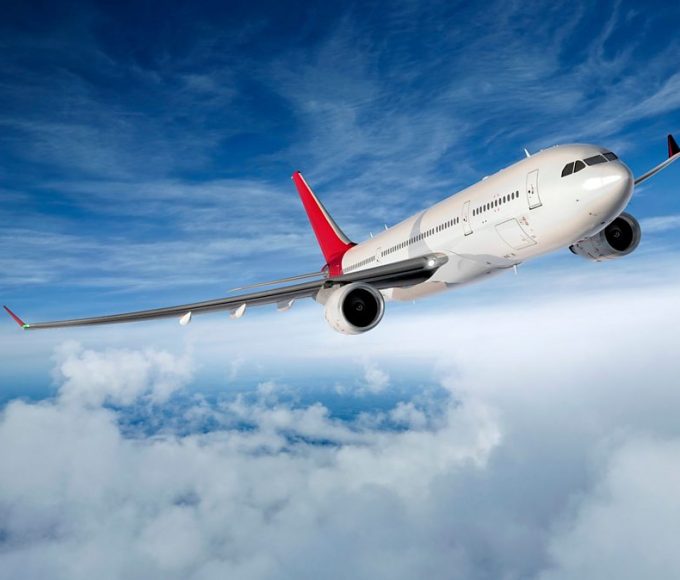
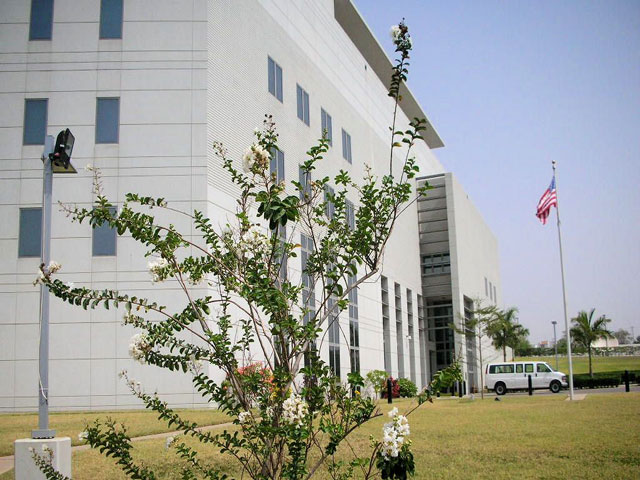
Leave a comment